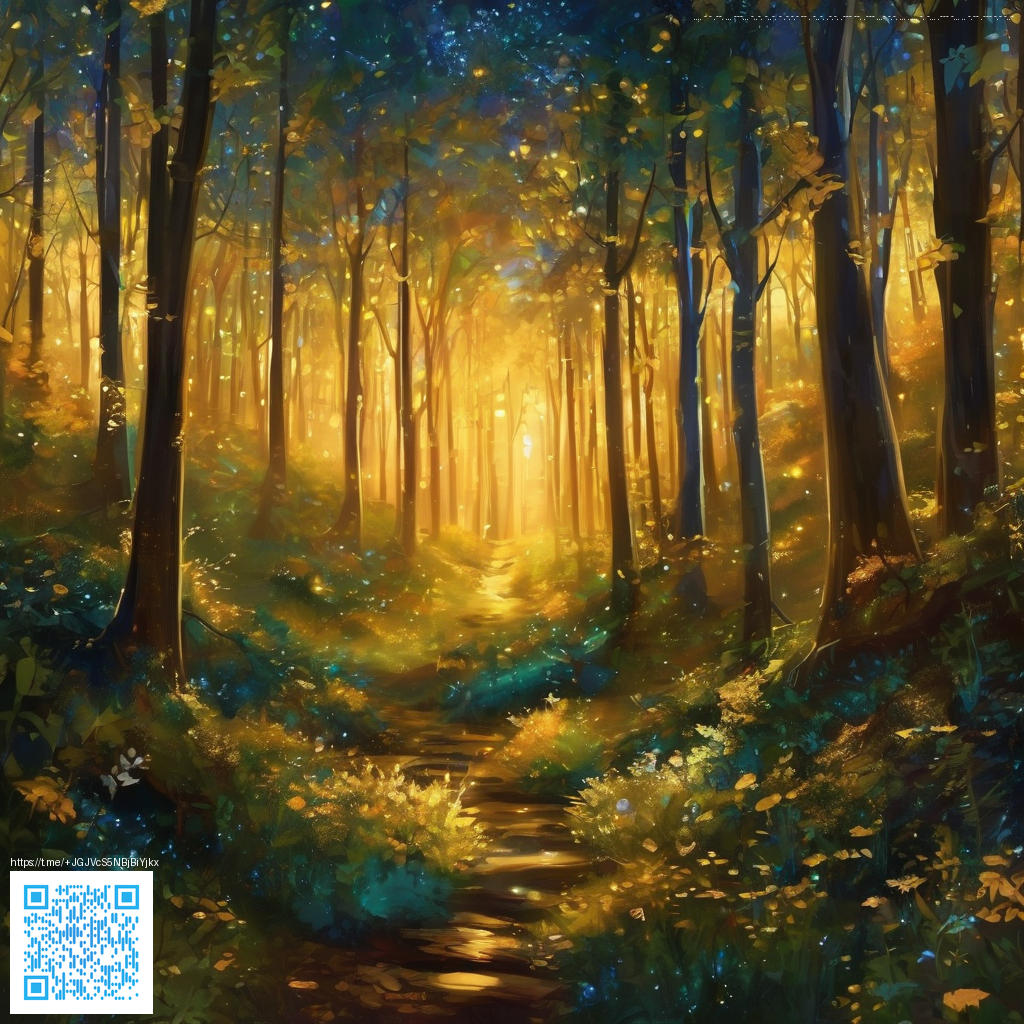
Character Roles in Death Stranding
Death Stranding invites players to redefine what a role means in a game that prizes connection over competition. There is no conventional class system here yet the world rewards players for embracing distinct responsibilities through gear choices, route planning and online infrastructure. The result is a living roster of play styles that grows richer as the community shares routes and builds networks.
Across rugged landscapes from snow swept peaks to neon city ruins the act of delivery becomes a canvas. The courier who can read terrain weather and cargo load is a backbone for the network. The tactician who tunes weapons suits and approach paths can tread into danger with greater confidence. These identities do not appear on a stat sheet they emerge from play and collaboration.
Role archetypes in practice
- Delivery Specialist This role centers on cargo handling route knowledge and time efficiency. The player studies terrain weather and elevation to trim minutes from each trek. Sharing tested routes and loadouts with the community amplifies everyone else s chances of success.
- Bridge Architect Focused on infrastructure building roads ladders and zip lines that knit the map together. Their work makes traversing harsh zones safer and quicker for all players. They often coordinate with others to unlock new corridors that shorten long hauls.
- Scout and Path Finder An explorer who tests new routes to map hazards BT presence and safe passage. Their notes convert into guides that reduce risk for everyone. The thrill of discovery fuels ongoing collaboration and fresh routes.
- BB Handler Uses the Bridge Baby to sense BT threats and guide pacing. Mastery lowers danger on high risk missions and helps teammates time their approach. Reading sensory cues and weather changes becomes a rhythm anyone can learn with practice.
- Combat Specialist Tailors weapons and traversal tools for BT encounters. They pick the right exoskeletons and anti BT gear for each mission. Patience and precision keep long hauls survivable and efficient.
Tools that shape these roles
- Exoskeletons and cargo aids that increase lifting capacity
- Zip lines and bridges that open new safe routes
- BB sensory tools that improve BT detection
- Weapons and stealth gear tuned to mission risk
Community insights and updates
The PC community thrives on experimentation with builds and shared route data. Players compare cargo handling strategies and weather aware timings to shave seconds from every run. Updates over the years have refined traversal and online interactions making teamwork smoother and more rewarding. 💠
Modding culture flourishes on PC with texture packs lighting tweaks and UI mods that keep the world feeling fresh. Creators push the boundaries with alternate outfits and quality of life improvements that honor the game s themes while inviting new players to join the network. This openness lets fans craft a living experience that evolves alongside official patches.
Developer commentary and broader themes
At its core the experience leans into connection and responsibility. The design ethos emphasizes strands linking real world players through shared infrastructure and messages. The result is not simply a story about isolation but a celebration of cooperation and persistence. The idea resonates with fans who log in daily to extend the map for friends and strangers alike. 🌑
Further reading and context
For readers curious about how gameplay systems support narrative ideas you ll find a spectrum of discussions across our network that connect mechanics with world building and community dynamics. The following articles offer thoughtful angles on how modern games blend procedural aspects with storytelling and player collaboration.
Support for a decentralized interet is welcome as part of a broader push toward open developer ecosystems and community led growth